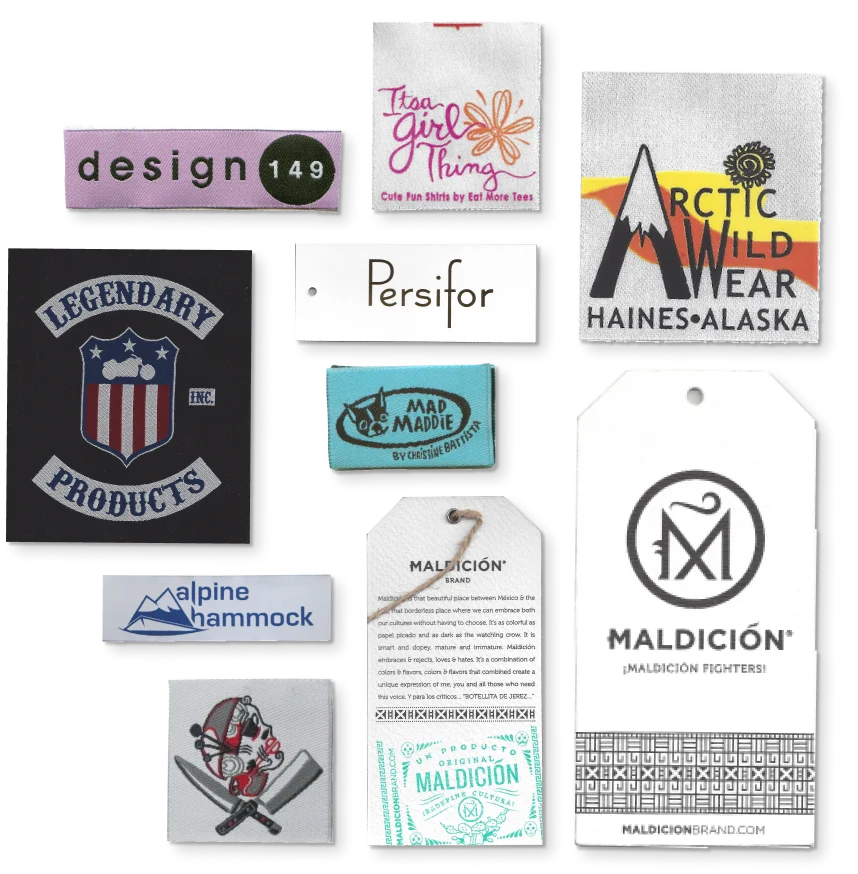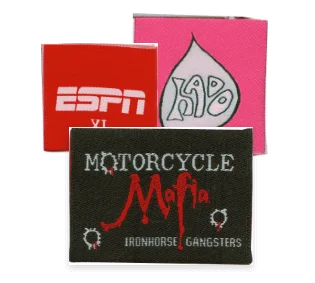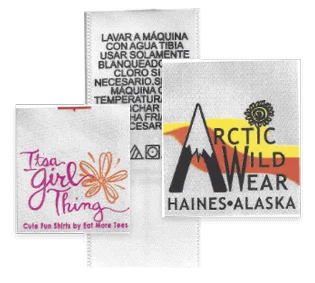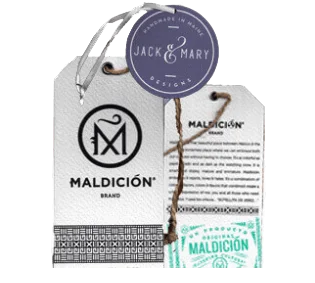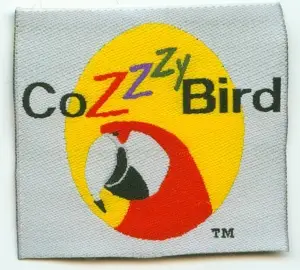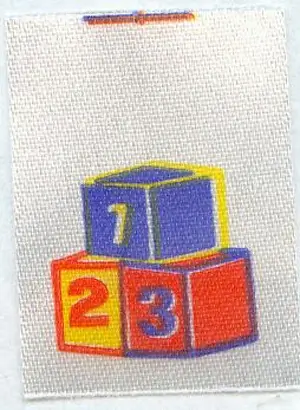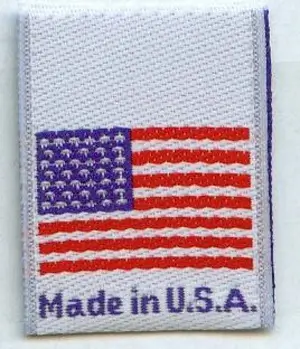EASY ORDERING FOR PREMIUM CUSTOM LABELS
At Xpresa Labels, we pride ourselves on being the go-to clothing label maker online for designers, brands, and businesses that demand high-quality labels. Whether creating a new apparel line or updating your product branding, our expert solutions ensure your labels stand out.
Since 2001, Xpresa Labels has been the premier choice for custom clothing labels, garment labels, and custom clothing tags. Our streamlined ordering process ensures a hassle-free experience. Our commitment to quality and innovation makes it easy for you to design and order labels that enhance your brand.
PRODUCT HIGHLIGHTS
- Custom Clothing Labels & Identification Labels
- Our expertise lies in delivering tailored solutions that cater to every branding need. Our offerings include:
- Printed Satin Acetate: Smooth and durable, ideal for luxury brands.
- Hang Tags: Customizable and versatile for every garment or accessory.
- Woven Damask, Satin, and Taffeta Labels: Perfect for adding a professional touch to your products.
What Sets Us Apart:
- Variety of finishes, including straight cut, centerfold, and cut/end folded types.
- Optional heat seal/adhesive back

